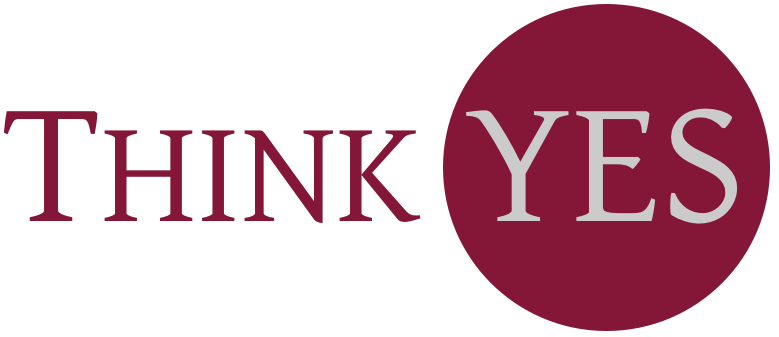Road Trip: "Aha!" Moments at Johns Hopkins University
/I think of Johns Hopkins as a top biomedical engineering university, but it is so much more. Aha! Johns Hopkins has four campuses across Baltimore: Homewood, it’s main campus houses Arts & Science, Engineering, and Education schools; Peabody, its music school; East Baltimore, a medical school; and East Harbor, the business school. A shuttle transports students from campus to campus if required or if curious.
What struck me most at Hopkins was the academic depth of the students. Admissions say that they are “looking for very rigorous work” and I can understand why—it would be necessary in order to fit in and thrive at Hopkins. Johns Hopkins is the smallest research school in the nation but also the most highly funded…the result being: “there are more research opportunities than students” and “research is everywhere.” 75% of the undergraduate students participate in research. You don’t have to do research, but clearly most do. The most popular majors are: 1st Public Health; 2nd International Studies; and 3rd Biomedical engineering. The philosophy is an open curriculum and no core curriculum. You can begin taking classes in your area of interest first semester freshman year. Even better, Aha! It is very easy to transfer (except in biomedical engineering). The student speaker at our information session changed her major five times—from Chemistry to a Writing Program—but is also on a pre-med track...and is going to graduate on time. Double majors and minors across engineering and humanities are common (60%). A senior is doing neuroscience and museum majors. Archeology class has a multiple dual majors/minors. And, a dual degree, the Peabody Exchange Program, is offered between Peabody and the main campus. Once again, the exception to all of this flexibility is bio medical engineering. Through it all, students have a team of advisors: a general advisor, an advisor for every major and minor; study abroad advisors; club advisors; research advisors; professional school advisors (not majors but tracks); Career Service and Pre-professional advisors, which are still open to you after you graduate.
Internships and Study Abroad are both available, however Aha! Few (maybe 10%) study abroad and only about 5% of engineers (per our tour guide). Internships are a different matter, with 75% accepting internships in Baltimore, across the US, and/or internationally (frequently during intersession and facilitated by the Office of Study Abroad). The Center for Social Concern connects Hopkins’ students with Baltimore through a program that pays them $4,000 for a summer of non-profit work in the city.
From a quick read of the student newspaper (two sections, 12-pages each) looking for tips about campus life I learned that: there is a “Hopkins Bubble” keeping those on campus somewhat insulted from the less savory aspects of Baltimore; Hopkins is not a politically activist campus; and Aha! A 3-page Science & Technology section falls between Arts & Entertainment and Sports in Section B. The paper absolutely reflected the level and depth of thinking among students.
Consider Johns Hopkins if you are a serious thinker who wants to make things happen through research or combining of seemingly unrelated majors that you find personally fascinating.



